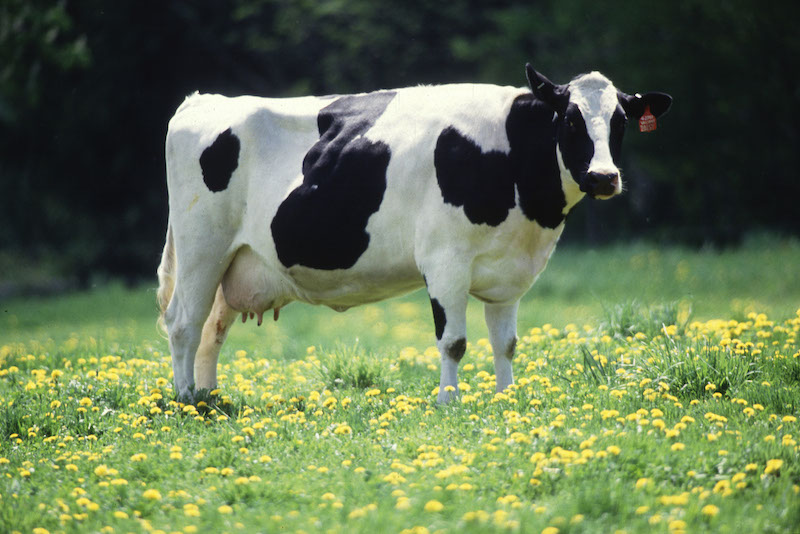
"Expenditures on dairy and poultry products comprise large shares of household budgets, which means that even small price reductions translate into large consumer savings when aggregated across millions of households over several years"
National Post: Loosening supply management even a little will save consumers billions
The following op-ed was written for the National Post by the U of M’s Ryan Cardwell and Chad Lawley, professors in the department of Agribusiness and Agricultural Economics. It was published in the newspaper on Oct. 8, 2015. Earlier this year UM Today wrote about the professors paper “Milked and Feathered: The Regressive Welfare Effects of Canada’s Supply Management Regime”, which was published in the journal Canadian Public Policy. In light of the recent Trans-Pacific Partnership agreement, the professor continue their arguments here.
The economic case for dismantling Canada’s supply management system is strong, even in the absence of pressure from trading partners. Supply management imposes costs on millions of consumers that far exceed the benefits to a few thousand dairy and poultry producers.
Early reports on the recently-completed Trans-Pacific Partnership (TPP) negotiations suggest that Canada has agreed to small increases in the quantities of dairy and poultry products that are allowed into Canada without facing high import tariffs. The cost of an announced compensation package for dairy and poultry producers has been the focus of early headlines about the TPP agreement, but this focus on taxpayer costs distracts from the high costs of leaving the regime largely intact.
Details of the compensation package have yet to emerge, but a commitment of up to $4.3 billion over 15 years has been made. Commentators have questioned the decision to provide such a generous financial offering to producers whose incomes are already kept high by government protectionist policies. However, it is important to consider the consumer benefits that will arise from lower dairy and poultry prices when evaluating this policy decision.
Expenditures on dairy and poultry products comprise large shares of household budgets, which means that even small price reductions translate into large consumer savings when aggregated across millions of households over several years. Consider the effect of increased market access for poultry imports. We estimate that this will reduce Canadian retail prices by approximately $0.15/kg for chicken, $0.07/kg for turkey, and $0.11/dozen for eggs. At current consumption levels, these small reductions in prices generate almost $250 million in annual savings to Canadian consumers.
Estimating the price effects for dairy is complicated because it is not yet clear which dairy products will have increased market access, and because milk is used as an input in the production of cheese, yogurt, and ice cream. We make some simplifying assumptions and estimate that retail milk prices will fall by approximately $0.06/litre. This generates estimated savings of $150 million per year at current milk consumption levels.
Cumulatively, our back-of-the-envelope calculations suggest that the TPP could save Canadian consumers almost $6 billion over 15 years. This means that the gains to consumers from TPP could exceed the costs of the compensation programme within a decade.
It may be surprising that a taxpayer-funded transfer of up to $4.3 billion to dairy and poultry producers could pass a benefit-cost test. But the reality is that the distortions created by the supply management system impose such large costs on Canadian consumers that the benefits of even modest liberalization exceed the potentially large taxpayer bill for compensating producers.
Liberalizing supply-managed markets, in short, is not a zero-sum game: the gains to consumers exceed the losses to producers. Perhaps the compensation package could have been smaller, and still fully offset losses faced by Canadian producers. We won’t know this until further details about market access and compensation programmes emerge.
Still, the small increases in dairy and poultry imports that result from the TPP will not fundamentally alter the current marketing regime. Dairy and poultry prices, though lower, will remain high in Canada. The federal government has missed an opportunity to use the TPP negotiations as a catalyst for dismantling a system that will continue to impose a heavy burden on Canadian households.






